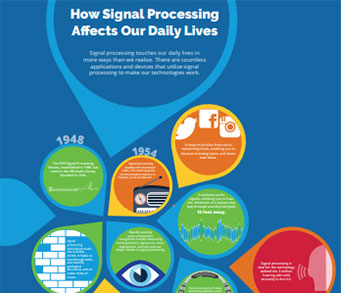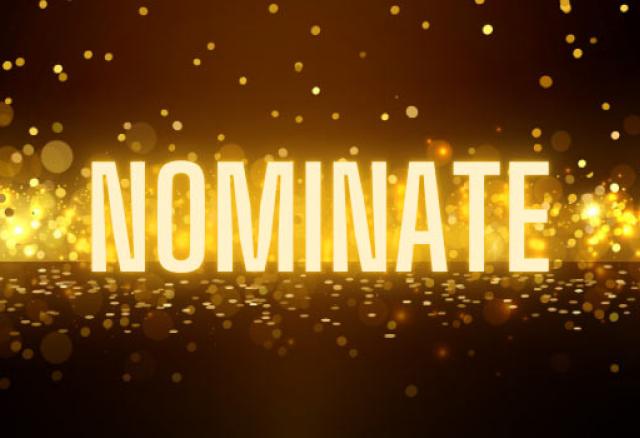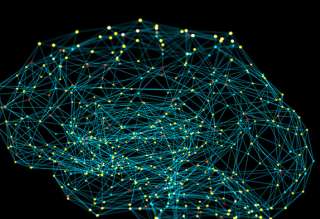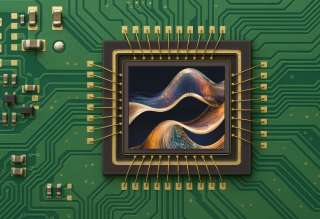SPS Feed
Top Reasons to Join SPS Today!
1. IEEE Signal Processing Magazine
2. Signal Processing Digital Library*
3. Inside Signal Processing Newsletter
4. SPS Resource Center
5. Career advancement & recognition
6. Discounts on conferences and publications
7. Professional networking
8. Communities for students, young professionals, and women
9. Volunteer opportunities
10. Coming soon! PDH/CEU credits
Click here to learn more.
The Latest News, Articles, and Events in Signal Processing
Date: 30 May 2025
Time: 1:00 PM ET (New York Time)
Presenter(s): Dr. Kathryn Leigh Humphreys
Date: 22 July 2025
Time: 9:00 AM ET
Duration: Approximately 60 minutes
Presenter: Dr. Kaitao Meng
Date: 20 June 2025
Time: 7:30 AM ET
Presenter: Dr. Anna Guerra
Date: 05 June 2025
Time: 9:30 AM ET
Presenter: Dr. Dario Tagliaferri
Date: December 1-4, 2025
Location: Perth, Australia
This blog presents a single-shot multifrequency ToF imaging system that effectively handles multipath interference and delivers reliable depth sensing in complex scenes. The proposed joint hardware–software design captures multiple Fourier coefficients of the scene response function in one exposure and leverages robust algorithms to solve the inverse problem through parametric closed-form depth reconstruction.
Manuscript Due: 15 August 2025
Publication Date: December 2025
Date: 02-June-2025
Time: 10:00 AM EDT
Duration: Approximately 30 minutes
Presenter: Dr. Selin Aviyente
Speaker: Samuel Yen-Chi Chen (Senior Research Scientist at Wells Fargo)
Date: 13 June 2025
Time: 11:00 AM – 12:00PM ET
Copenhagen has been selected to host the 2029 IEEE International Conference on Acoustics, Speech, and Signal Processing (ICASSP).
Pages
SPS Social Media
- IEEE SPS Facebook Page https://www.facebook.com/ieeeSPS
- IEEE SPS X Page https://x.com/IEEEsps
- IEEE SPS Instagram Page https://www.instagram.com/ieeesps/?hl=en
- IEEE SPS LinkedIn Page https://www.linkedin.com/company/ieeesps/
- IEEE SPS YouTube Channel https://www.youtube.com/ieeeSPS




















